Buenos Aires and Asuncion: 7 Amazing Days in South America
Table of Contents
Buenos Aires and Asuncion: A Tale of Two Cities
Imagine having a week or so off and nowhere in mind to go. Buenos Aires and Asuncion may not be at the top of mind, but, as a North American, Europe means jetlag, Asia is too far and more jetlag, but heading south is easy.
Mexico City was a wonderful escape, but this time I wanted to get a little further afield.
South America’s cities are fantastic. From Bogota to Montevideo they offer visitors colour, history, vibrancy, music and culture. While we always want longer, they are perfect “three-day” destinations, and with little jetlag are places that we can hit the ground running.
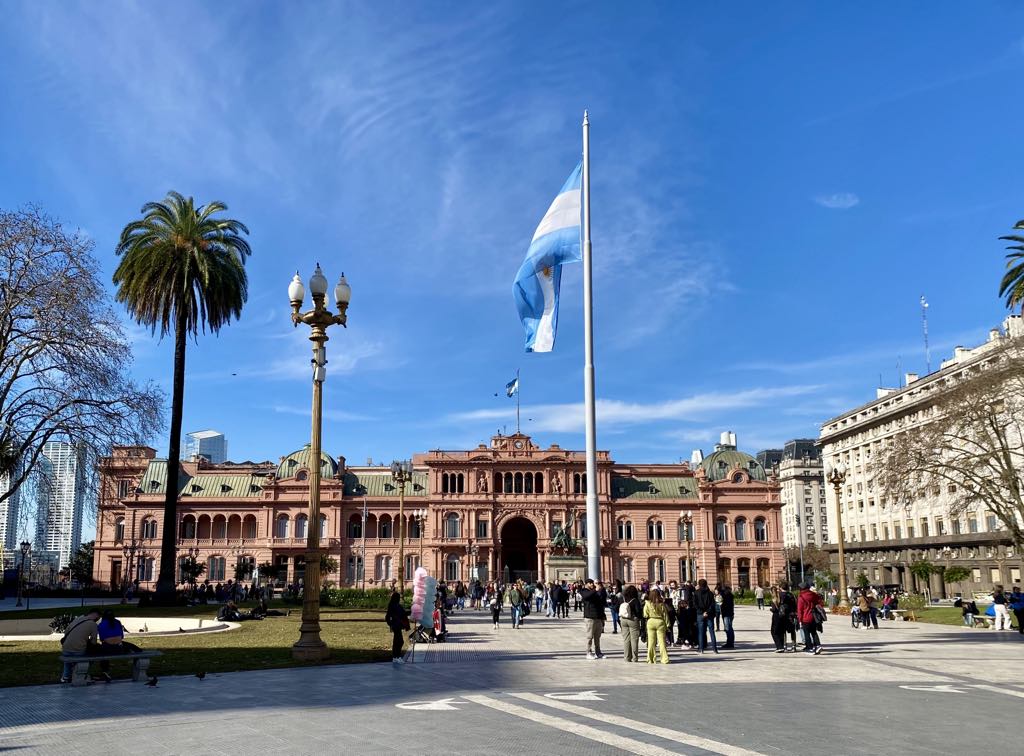
Buenos Aires
Which cities to choose is personal and idiosyncratic. I chose Buenos Aires because I love Tango dancing, red wine and steak, Asuncion because nobody I knew had ever been there and John Gimlette’s fine work “At the Tomb of the Inflatable Pig” is one of the most captivating travel books that I have ever enjoyed.
There is only one real way to dive into a city, I have found, and that is with one of the “Hop on/off” tours. I love these, and as a way to get a comprehensive introduction to a destination, there is no better way. I used the Buenos Aires Bus and spent four hours gazing at the city’s sights, neighbourhoods and traffic. Their office, on the south-east corner of the Obelisk Square, is a fountain of information, and made a very good suggestion for a Tango Show.
For those who need it, their WhatsApp number is +54 911 3795 4457.
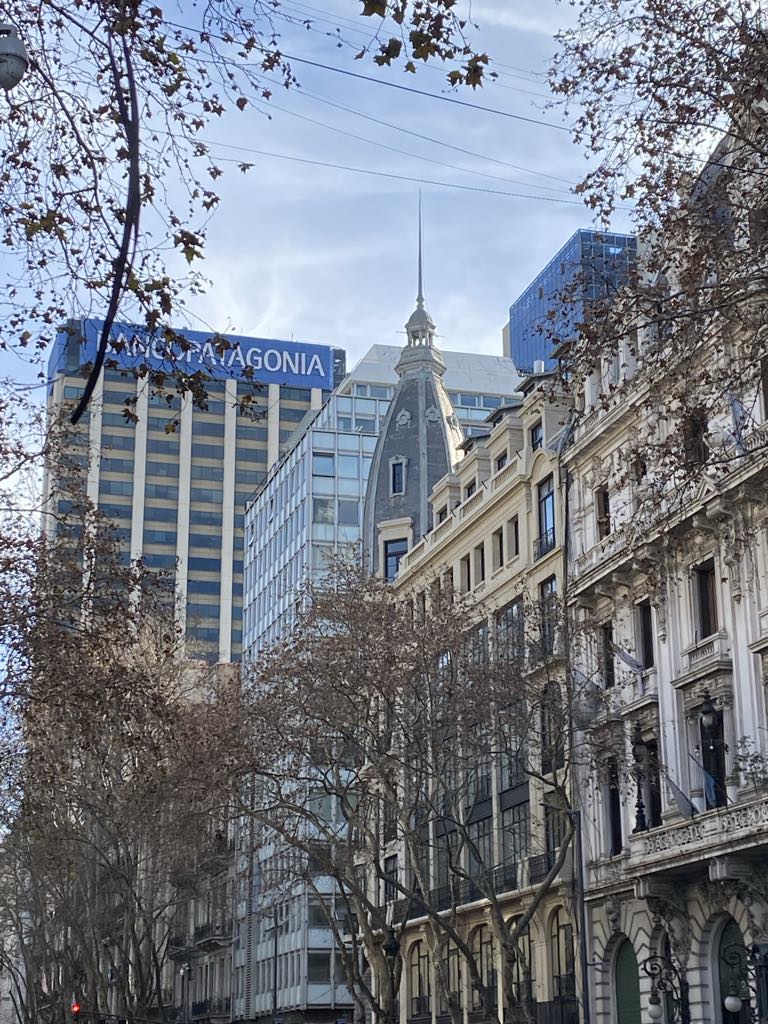
Tango is mesmerising. “The vertical expression of a horizontal desire”, said one wag, and they could not be closer to the truth. Tango shows follow a prescribed format; a transfer from the hotel, a dinner at the venue that evolves into a display of dance with the beguiling sound of the bandoneon leading the musicians. They recommended Esqino Homero Manzi, and I am glad that they did.
The venue is, barring the rich, burgundy velvet decor, understated, at least in comparison to some other options. The crowd appeared to be mostly local, the dancing and music wonderful, the dinner impeccable and for US$65, a bargain.
Being a weekend, the street markets at Caminito were in full swing. A small, highly decorative community to the south of the city, Caminito feels like the heartbeat of BA. Music, tango (of course), street food, colour, jugglers and crowds of happy people make a Saturday stroll feel like a holiday in itself. Cheap and tacky souvenirs, choripan and buckets of eclectic chimichurri, strollers and the tangy feel of the sea air …. Caminito has it all. Now as I sit in Winnipeg and recall the scene, it is time to go back.
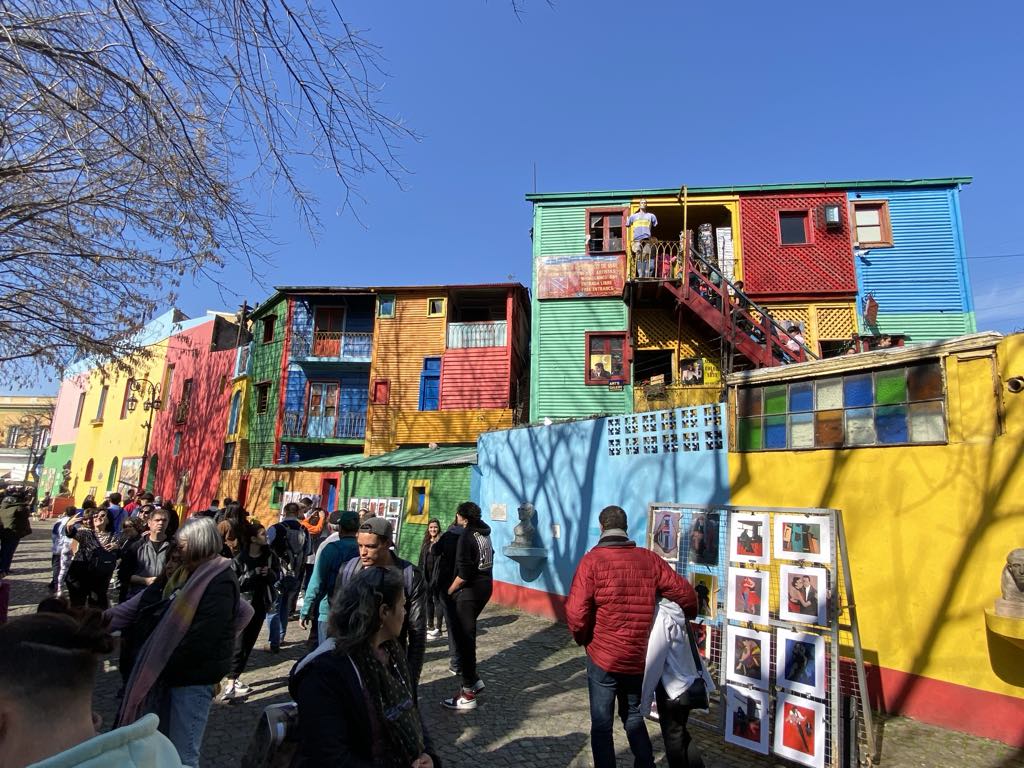
As a first step in the journey home, I flew north to Paraguay.
Asuncion
Now, Asuncion might simply be the most unusual city that I have been to for quite some time. Not knowing much about a destination and concluding that it is unimportant is a grave error. Asuncion is huge. Skyscrapers, highways, buses, people and shopping malls abound. There is, predictably for possibly the oldest city in South America, dating back to 1537, a great deal going on, and it is now home to over two million people.
My hotel, The Gran Hotel del Paraguay was built in 1921 in a location that was then in a distant suburb. Now surrounded by new build, the hotel does remain a bit of an oasis, and a very pleasant refuge from the traffic.
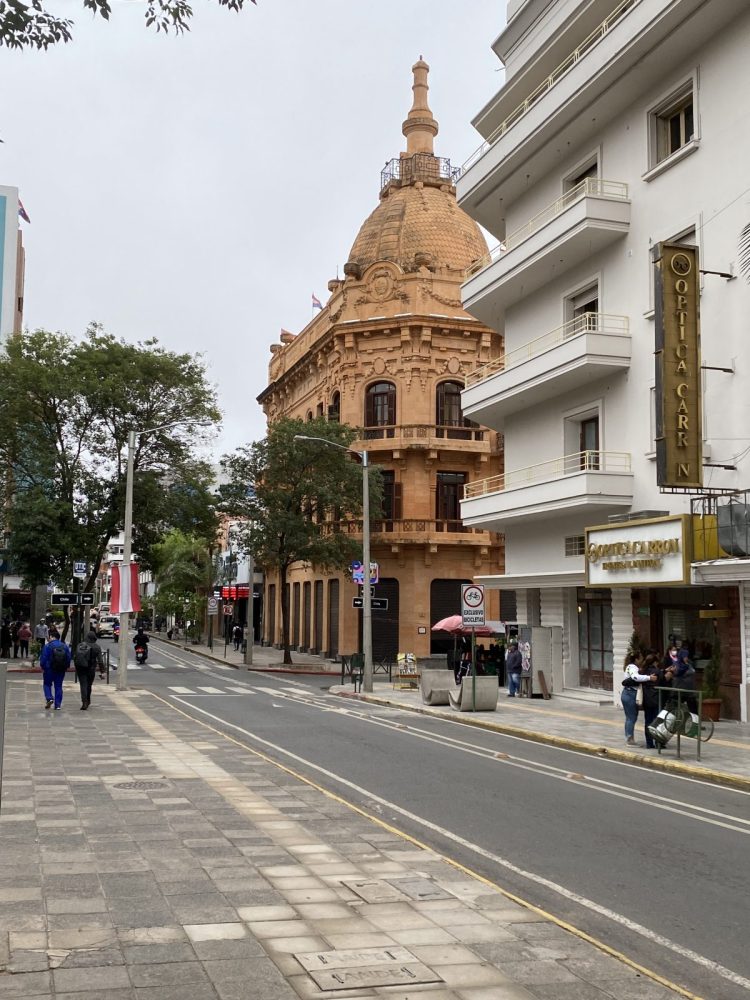
Exploring is easy; the city has relatively few sights, but a great deal of history and atmosphere. It is a history of conquest, brutal and pointless wars, waves of unusual immigrants, isolation and meat. It is an extraordinary place, still, one suspects, reeling from centuries of chaotic and drifting governance. Dominated by personalities as diverse a ELiza Lynch, an Irish peasant girl who became the “Queen of Paraguay”, to rulers who, in fits of pique, declared war on their neighbours, and Josef Mengele.
One such clash, the War of the Triple Alliance was of such brutality that between 1864 and 1870 90% of Paraguay’s men were slaughtered. It is hard to imagine the gall of a minor, but self important, president declaring war on his three neighbours simultaneously, but then again, it is Paraguay that we are looking at.
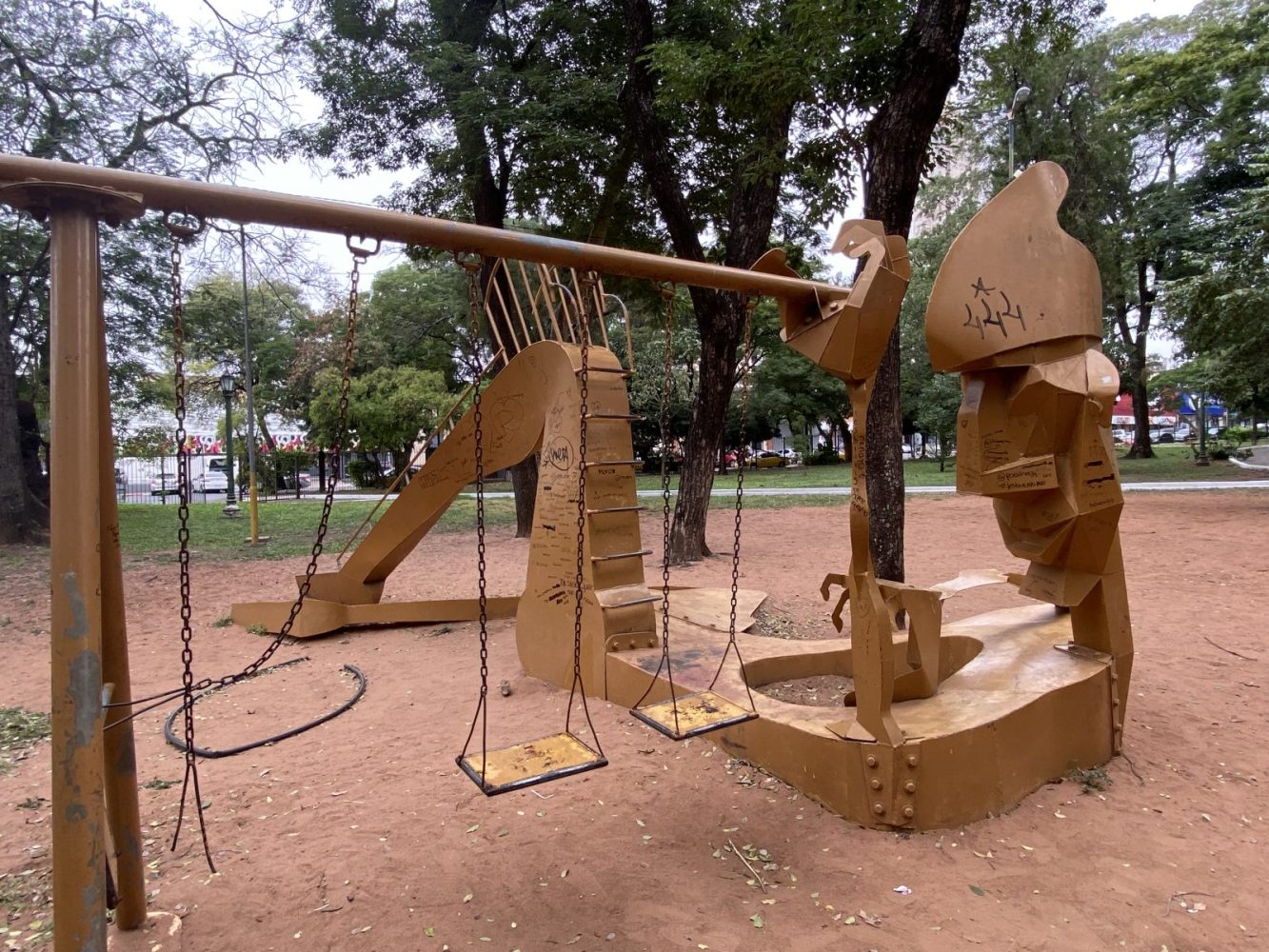
Eventually, of course, the population was boosted by immigration. The Anabaptists, settling Mennonite colonies in the inhospitable Chaco desert of the north east, German migrants, Australian Utopians, Japanese pacifists and, of course, in the end, Nazis. A true cultural melange, and given the rout of Paraguayan men, a welcome genetic infusion.
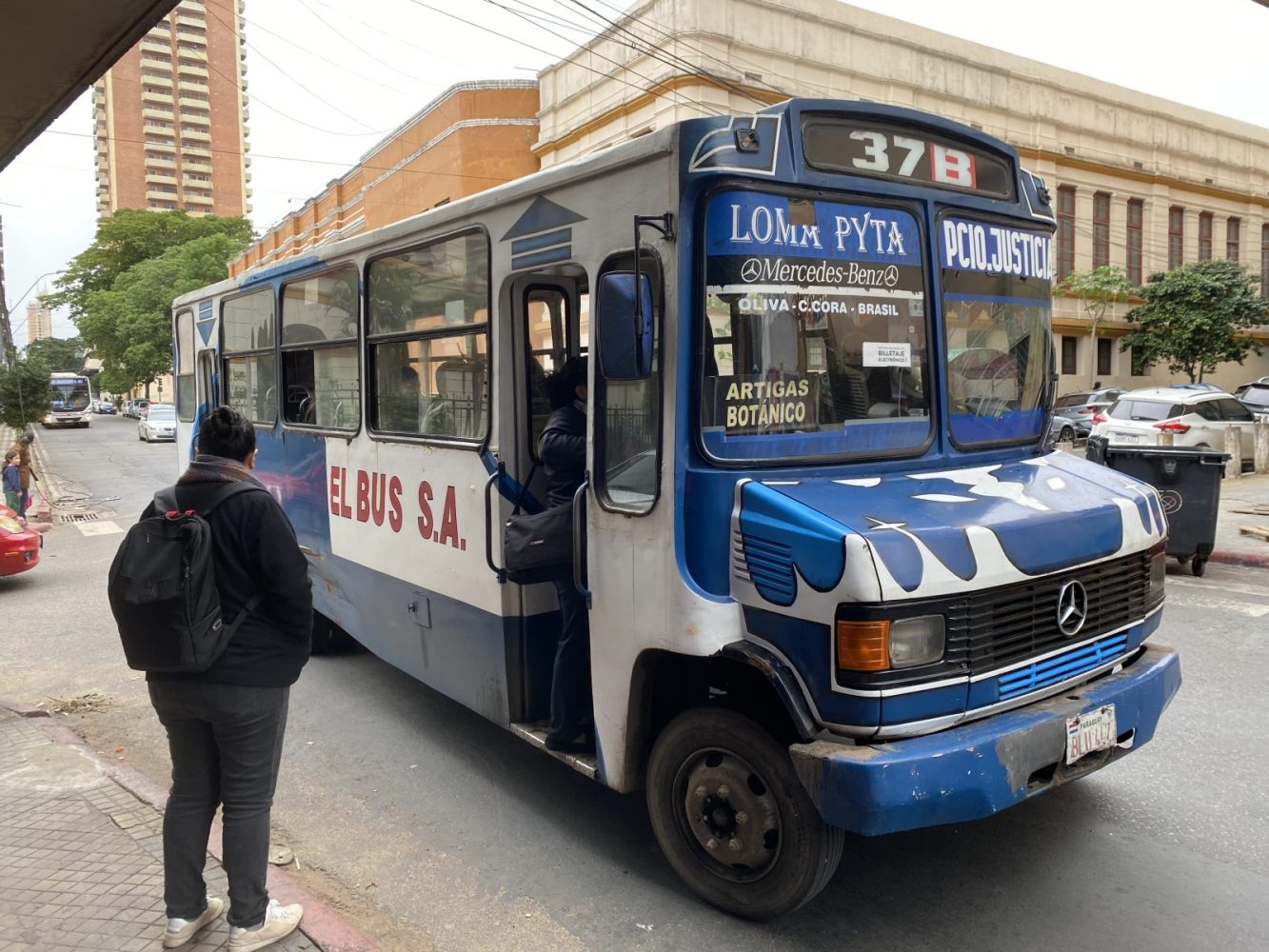
Wandering through the Old City is fun. It is crumbling and scruffy, but the old art deco facades peak through, and the restored public buildings shine. It meanders along the river bank, and although life has sped up in the intervening fifty years, it is hard not to imagine The Honorary Consul appearing from one or other of the splintering doorways that line the streets.
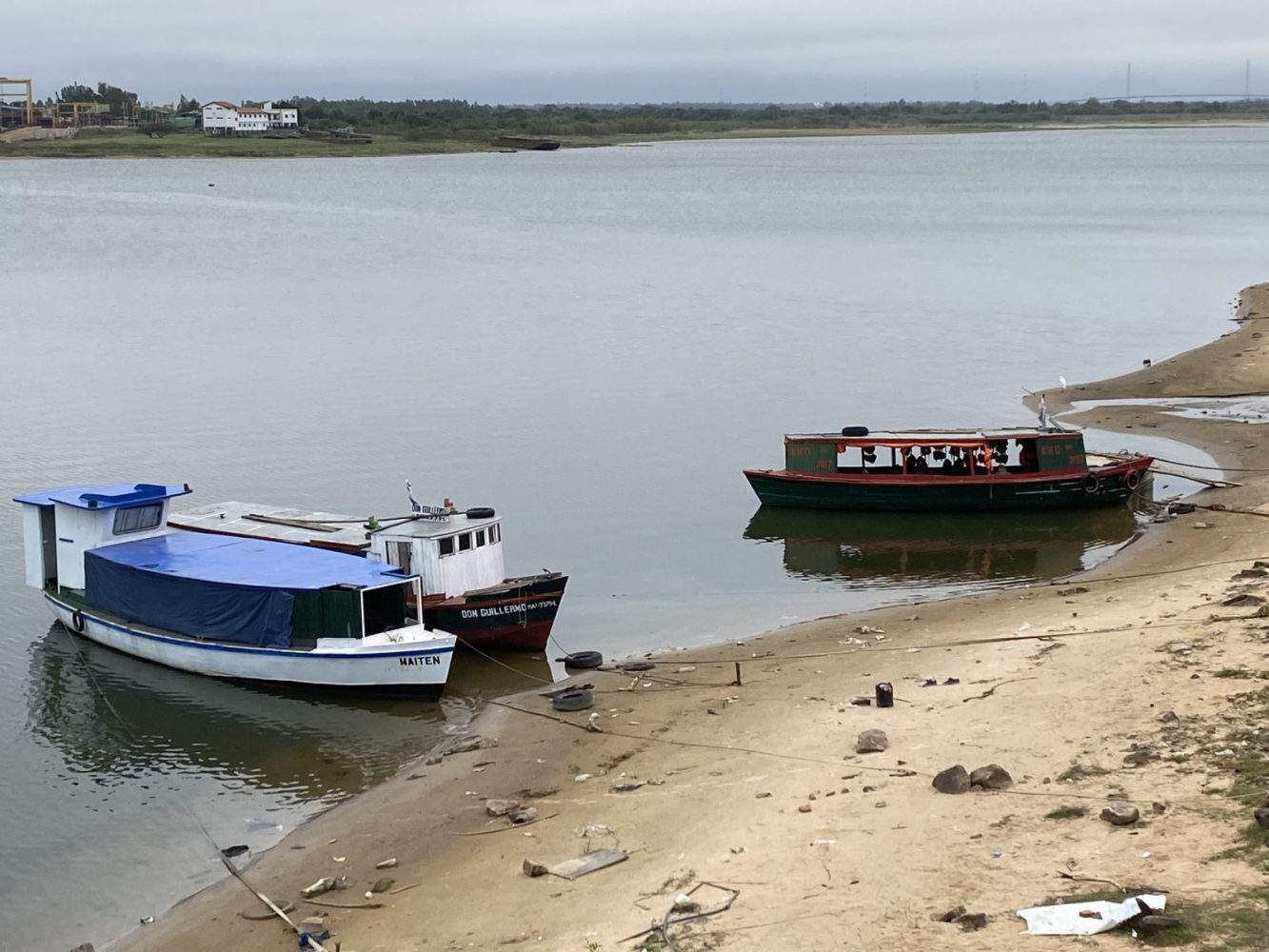
There are parks. Fabulous spaces of fading paint, lovers, trees and the city’s dispossessed, and all around a sense of the past. The old railway station is now a museum; it is a reminder of an extraordinary project that brought British engineers and workers to build a national railway and drove them to the brink of madness. The collection is eccentric and detailed; old trains, hundreds of pages of engineering drawings, ticket dispensers, sets of points and old uniforms. It tells a poignant story of hope, triumph and decay.
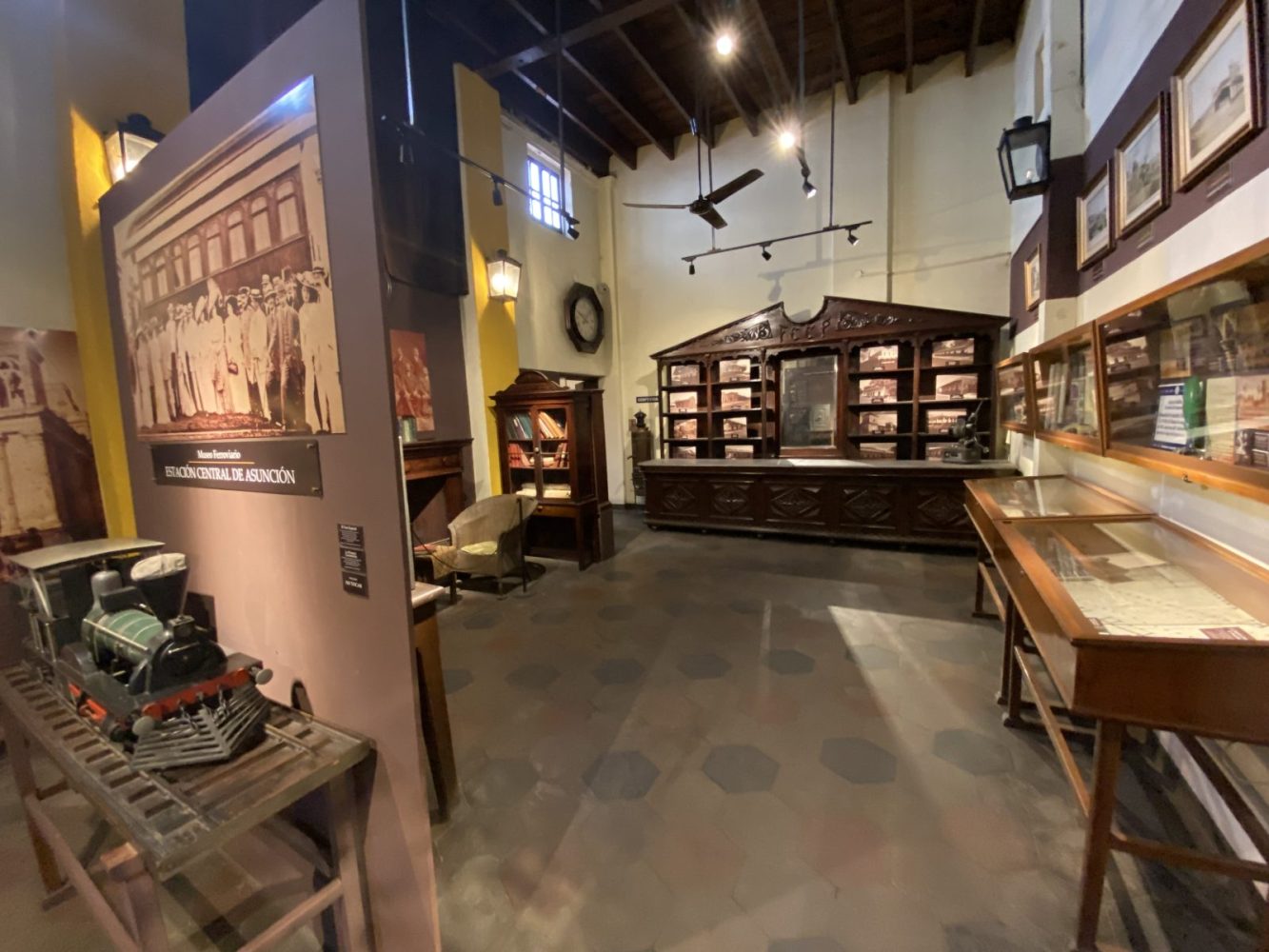
Wandering aimlessly can be fun, and in the absence of a “Hop on/off” tour, the only real option. Asuncion is not really geared for tourists, which is both a curse and a blessing. I relied on John Gimlette, and driven by his prose sought out the cemetery. I wanted to see where the dead lived.
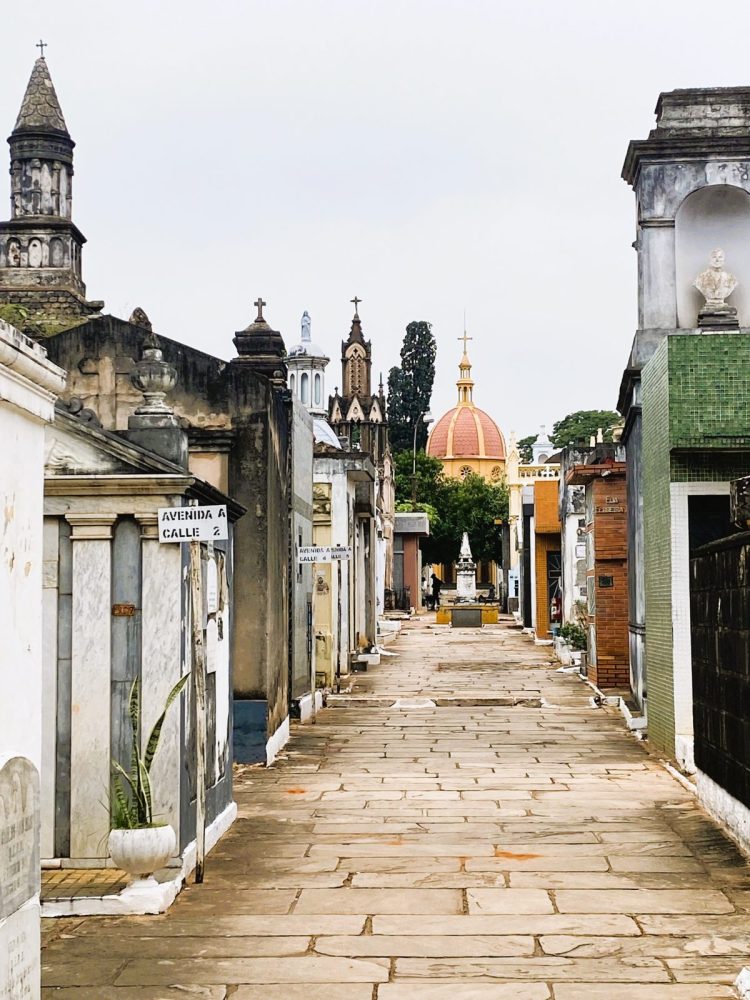
Cemeteries can be statements, and like its eponymously named sister in Buenos Aires, Recoleta Cemetery, is completely over the top. It is a masterpiece in something; mausoleums of every size and shape, many battered and broken, and many simply looking like sleeping cars from an overnight train. Stories of extraordinary lives lived, and displays of moments of family wealth.
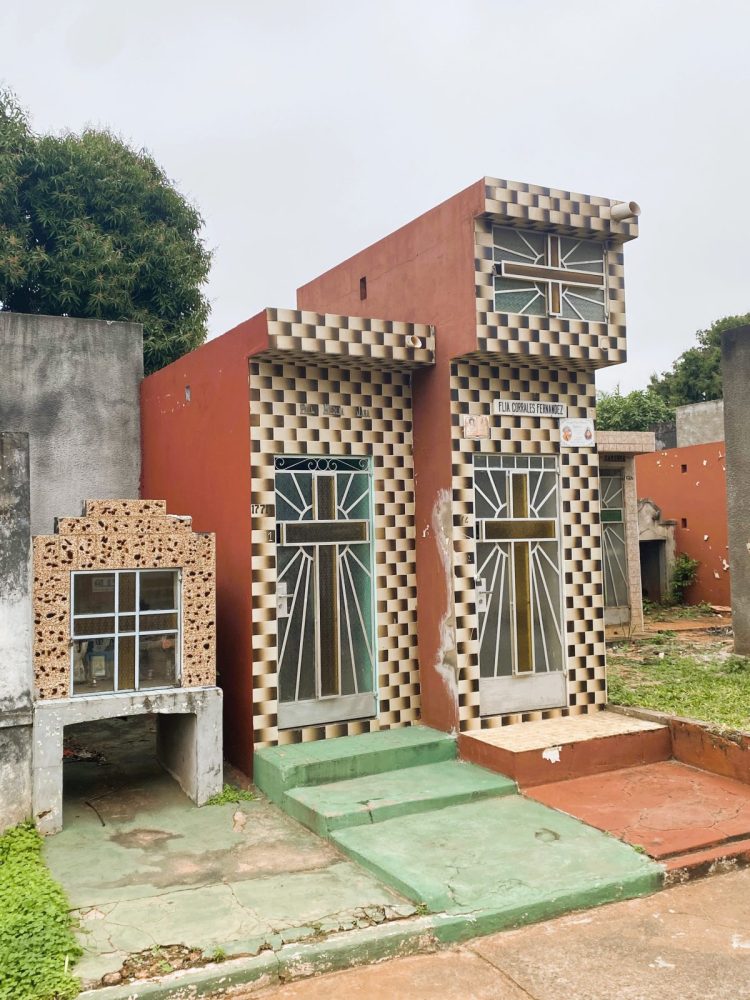
Wandering through the maze of its streets, through the subdivisions of wealth and status, was an instant lesson in Paraguayan culture, and a fascinating glimpse into the mortality of dreams. I loved it.
Smitten by Paraguay, I plan on returning for a couple of weeks in February to explore.
In the meantime, this was a truly fabulous week. A glimpse into two superficially similar but completely different places, some superb music, great food and a thousand new images to ponder.
